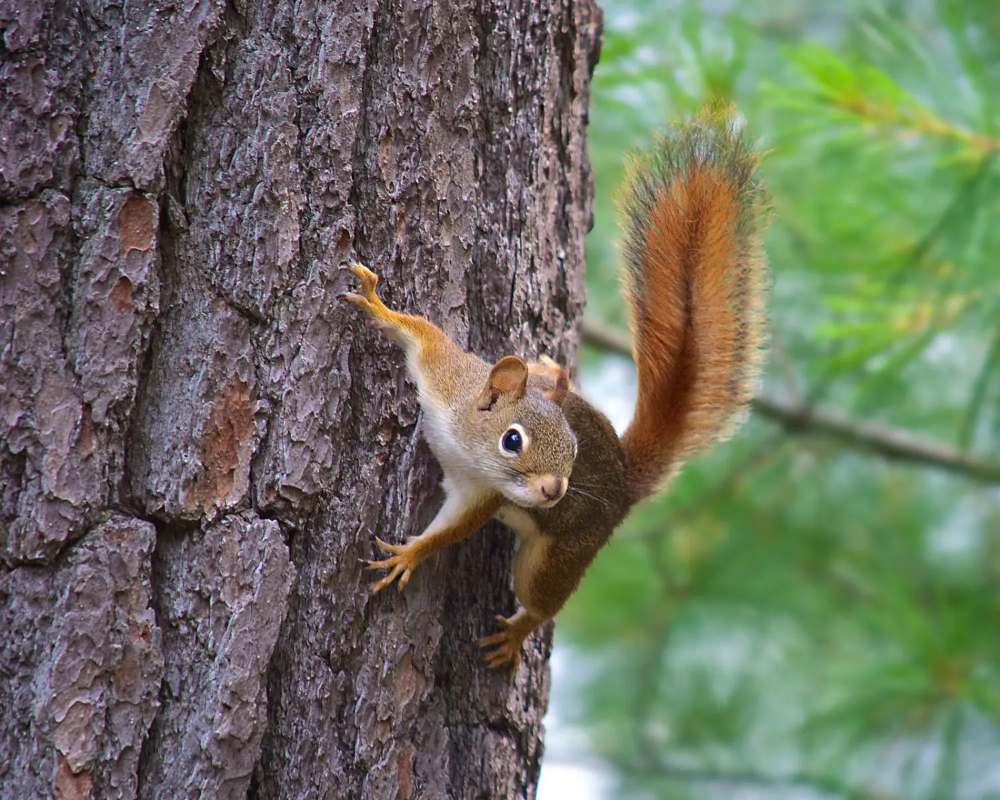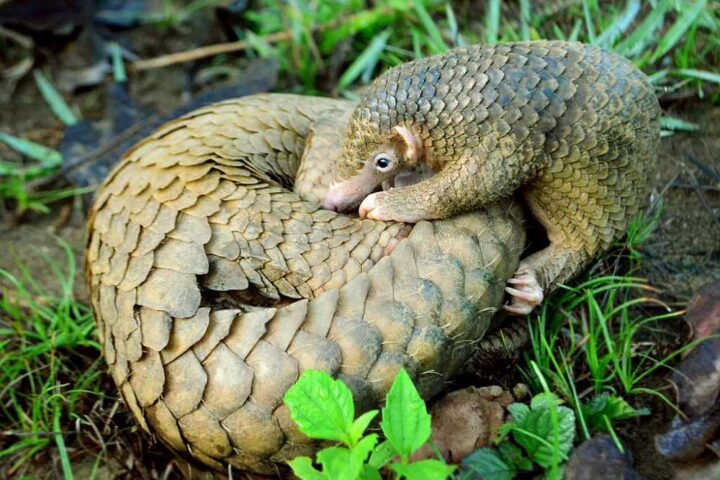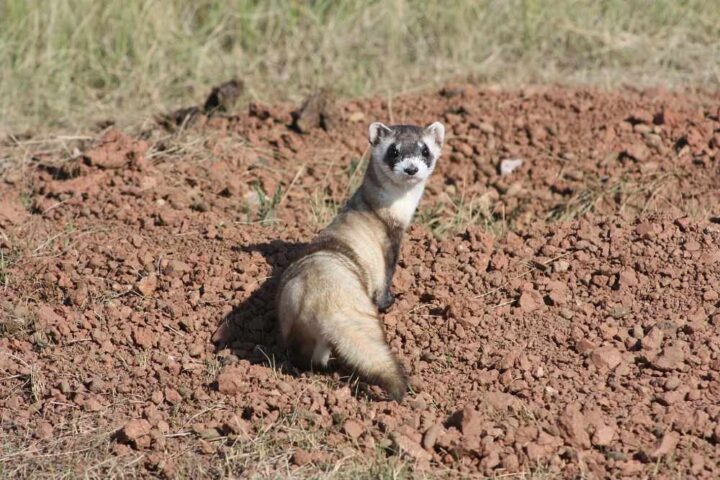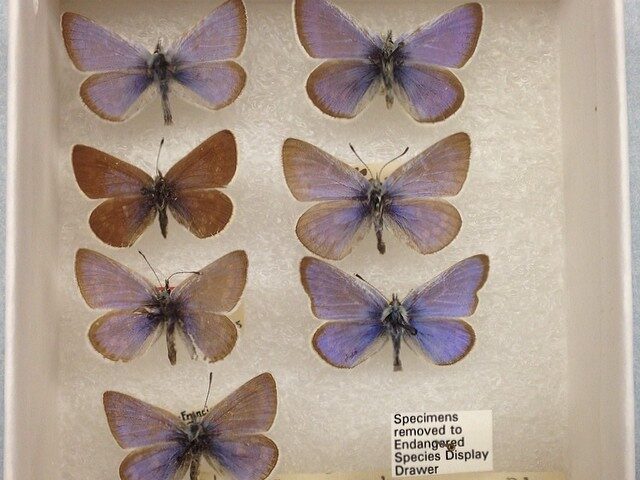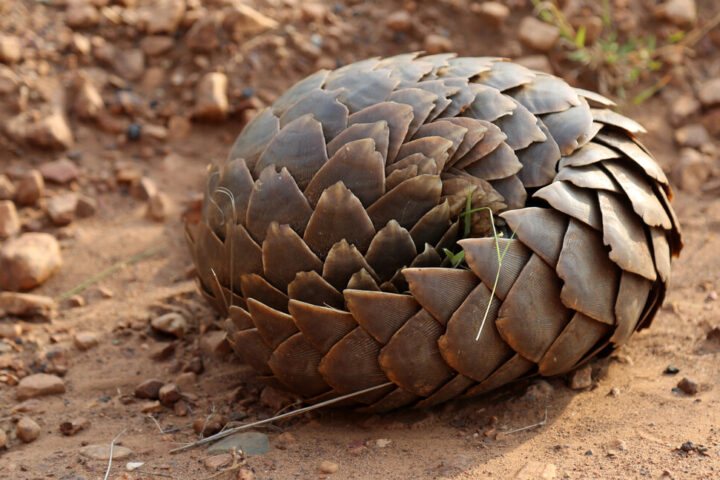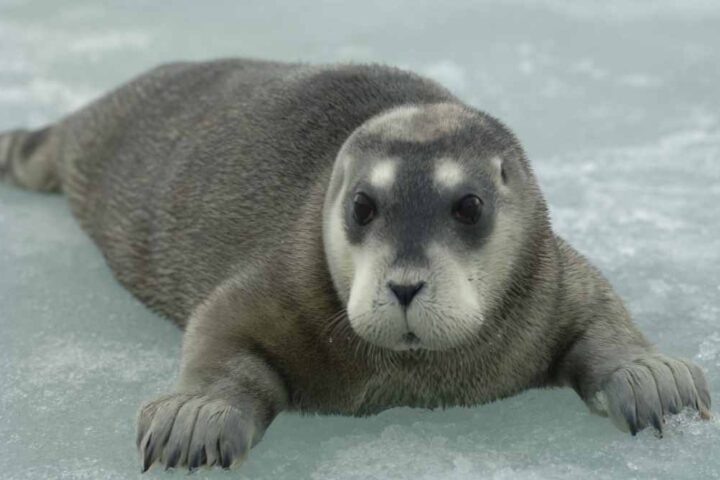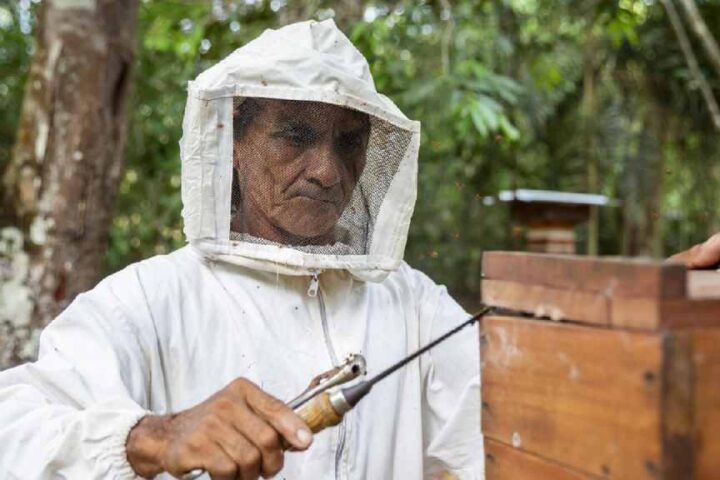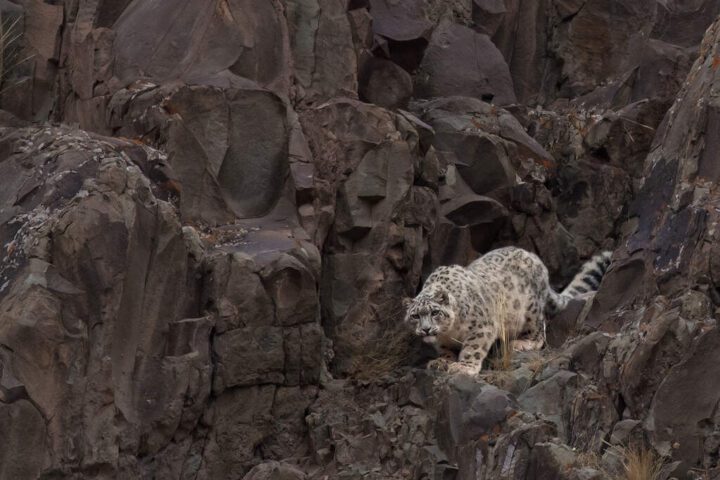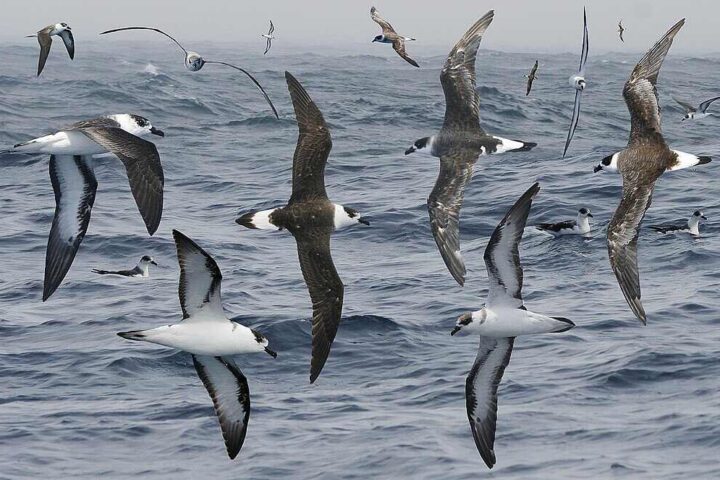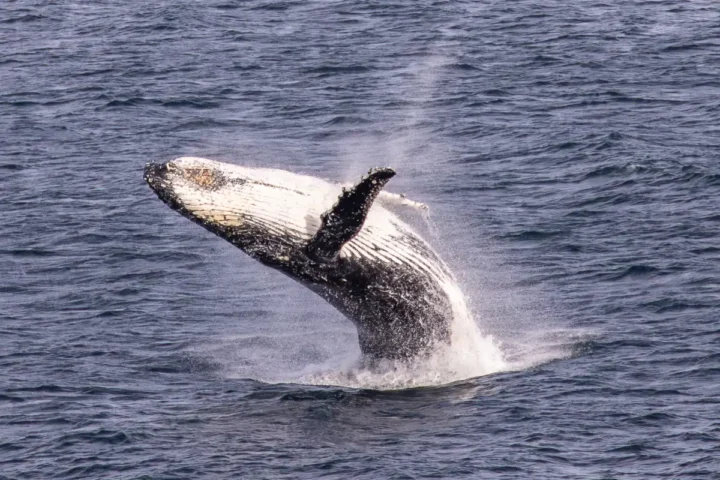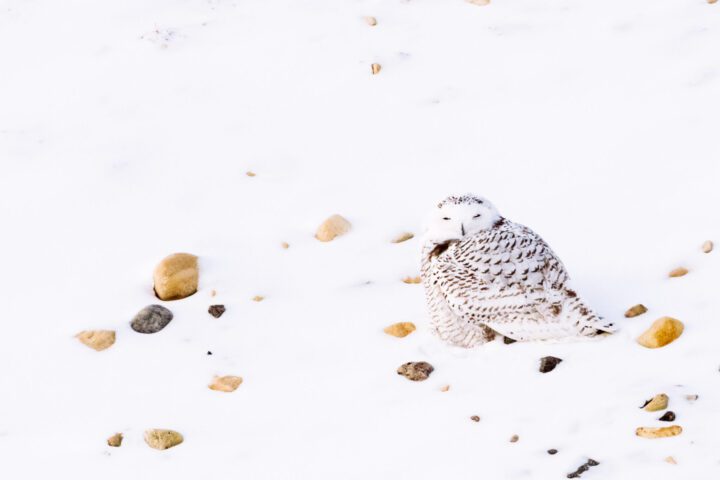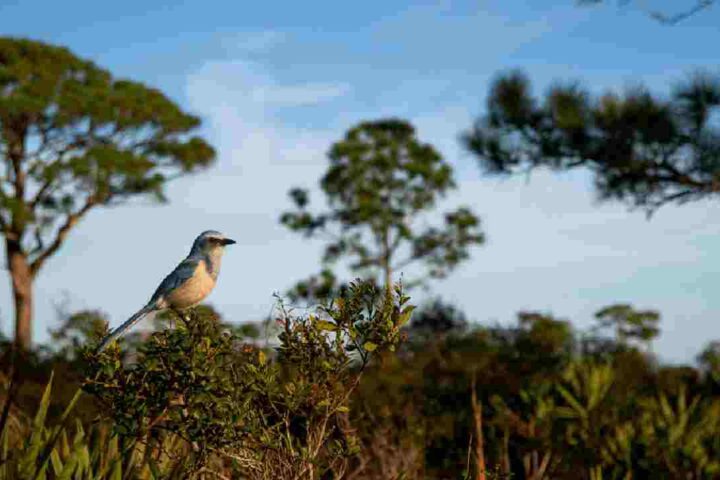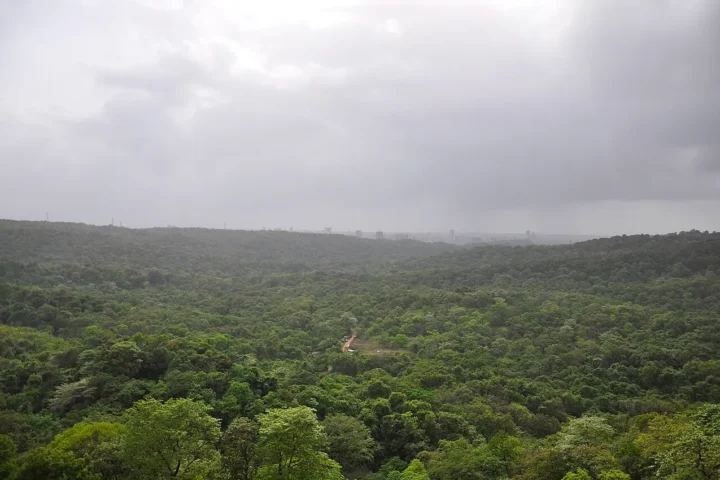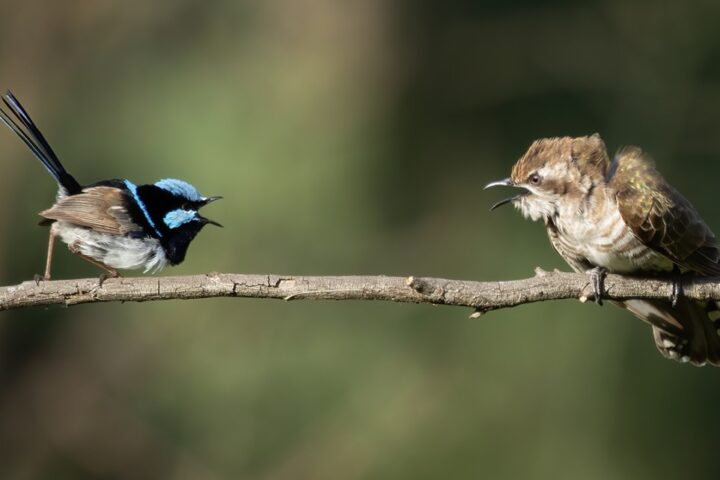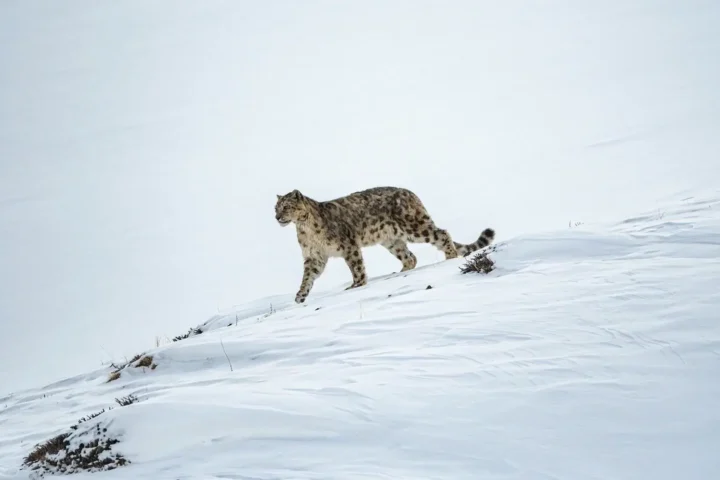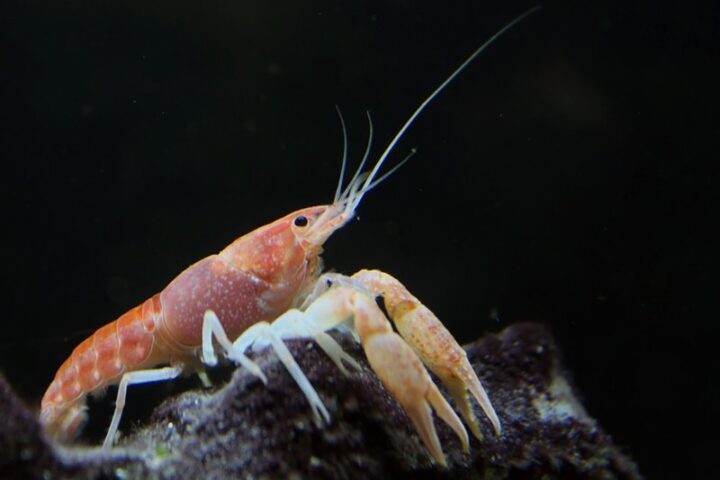A federal judge has set firm deadlines for the U.S. Fish and Wildlife Service to address the protection of one of America’s most endangered mammals, the Mount Graham red squirrel, after years of what the court called “unreasonable delay.”
U.S. District Court Judge Raner Collins ordered the agency to complete an updated recovery plan by September 30, 2026, and make a final decision on expanding critical habitat by January 30, 2027, nearly a decade after environmental groups first petitioned for action.
“The court will not entertain extensions to this deadline or further delay,” Judge Collins wrote in his July 8, 2025 ruling, expressing frustration with the agency’s prolonged inaction.
The Mount Graham red squirrel lives exclusively in Arizona’s Pinaleño Mountains, a “sky island” where forested peaks rise from surrounding desert. Once thought extinct in the 1950s, the squirrels were rediscovered in the 1970s and listed as endangered in 1987.
Recent population counts show modest improvement for the tiny mammal. The Fall 2024 census found 233 squirrels, up from 144 in 2023 and significantly higher than the mere 35 counted after the devastating 2017 Frye Fire.
“We all knew that we were seeing a lot of squirrels and middens during this last survey, but I don’t think any of us expected such a dramatic increase,” said Holly Hicks, small mammal project coordinator for Arizona Game & Fish Department in a December 2024 statement. “It was fantastic… We all just felt such relief to know that the population can recover after such a devastating wildfire.”
Despite this positive trend, the population remains critically low and faces ongoing threats. The squirrels’ original spruce-fir habitat above 9,200 feet has been severely damaged by multiple factors: the 2017 Frye Fire that burned over 48,000 acres, insect outbreaks worsened by drought, and human development including mountaintop telescopes.
The court case centered on a 2017 petition from the Center for Biological Diversity and Maricopa Bird Alliance (formerly Maricopa Audubon Society) requesting the expansion of critical habitat to include lower-elevation, mixed-conifer forests where most squirrels now live.
Similar Posts
Despite acknowledging in its initial finding that there was “substantial scientific information” suggesting habitat revision was warranted, the Fish and Wildlife Service took little action over the next eight years, prompting multiple lawsuits.
“This ruling is a victory for the squirrels and more evidence that the Fish and Wildlife Service has been failing miserably at its job to protect them,” said Robin Silver, co-founder of the Center for Biological Diversity. “It’s pathetic that these folks couldn’t be bothered to save a species they’ve known for 30 years has been hanging on by a thread.”
The agency had argued that prioritizing its workload was within its discretion, but Judge Collins disagreed, noting that “a reasonable time for agency action is typically counted in weeks or months, not years.”
Conservation efforts for the squirrel include several innovative approaches. The Phoenix Zoo, with the Arizona Center for Nature Conservation, runs a captive breeding program that aims to establish an off-site population. Additionally, the San Diego Zoo Wildlife Alliance has preserved genetic material from 11 squirrels in its “Frozen Zoo,” potentially allowing for future genetic bolstering.
Another ongoing threat comes from non-native Abert’s squirrels, introduced to the mountains in the 1940s, which compete for food and nesting resources. A removal program has eliminated over 1,200 of these invasive squirrels since 2018.
Charles Babbitt, Conservation Chair of the Maricopa Bird Alliance, believes the delay is not simply administrative. “These officials now see their job as protecting the status quo instead of protecting endangered species and their habitat,” he said.
The court order does not guarantee that the Fish and Wildlife Service will ultimately expand the critical habitat. However, Robin Silver told Capitol Media Services that the agency has little choice, as the original habitat is now largely unsuitable and the squirrels have moved to lower elevations.
For this unique Arizona species, confined to a single mountain range and unable to relocate elsewhere, the court’s intervention may represent its best chance for long-term survival.
